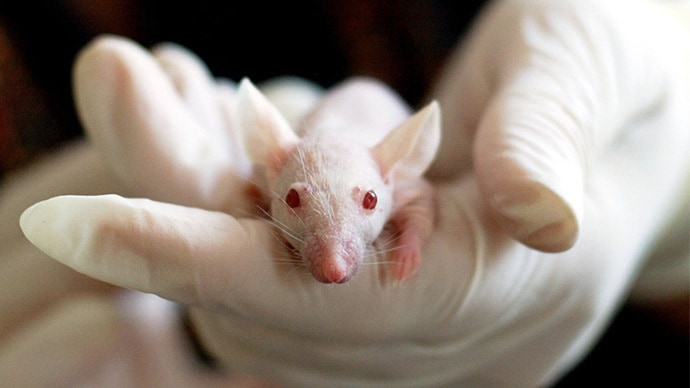Parkinson’s disease is a progressive movement disorder, meaning that symptoms continue and worsen over time.
The devastating effects of Parkinson’s disease are very well known. Parkinson’s causes the malfunction and death of vital nerve cells in the brain, called neurons and this primarily affects neurons in an area of the brain called the substantia nigra. These neurons produce dopamine, a chemical that transmits brain signals (called a neurotransmitter) that regulate motor control and energy levels. In Parkinson’s disease, the dopamine levels drop as neurons degenerate, producing the characteristic symptoms.
Parkinson’s Symptoms
Different symptoms are experienced by different people, however the most common is a tremor of the hands, arms and legs. Other symptoms include the rigidity of the limbs, and some also experience impaired balance, poor posture and the inability to coordinate movement of the limbs. Over time, the victim’s movement becomes very slow.
About one million people in the US are living with Parkinson’s disease. There are however a number of treatment options out there to manage the progression such as surgery, medication and therapy to help in the management of the symptoms of the disease.
Promising Research
The cause is mostly unknown, and presently, no cure for Parkinson’s has been found, however, scientists at Sweden’s Karolinska Institute seemed to have pulled the proverbial “white rabbit out of a hat” when they cured mice that had Parkinson’s disease.
They used the mice model in order to test the efficacy of the potential treatment before trying it on humans. They subjected mice, which were barely able to move in their cages, with a strain of human brain cells that had been cultured in the lab. The mice had a mouse version of Parkinson’s disease.
The results were astonishing. The researcher’s had managed to use stem cell replacement therapy to restore the destroyed brain cells. The mice started to display signs of recovery and within a few weeks, they started to walk straight.
Stem cells have the ability to regenerate into different types of cells in the body like skin or muscle cells. When these were injected into the brains of mice with Parkinson’s-like damage, the viruses infected plentiful brain cells called astrocytes.
The molecules, reprogrammed some of the astrocytes to become dopamine neurons. These neutrons multiplied well for 15 weeks, meaning that they remained unchanged. This meant that this treatment preserved the brain circuitry that is normally destroyed by Parkinson’s.
If the treatment works, it means that in future, it might be possible to inject a patient with a single dose of this treatment each time the brain runs short of dopamine neurons.
The technology to develop such treatments to reprogram molecules to astrocytes exists, but treatment is still a long way off. Patients with Parkinson’s disease will have to wait until such a time that the treatment is ascertained to be safe for human beings.
H/T: Stat News




 English
English